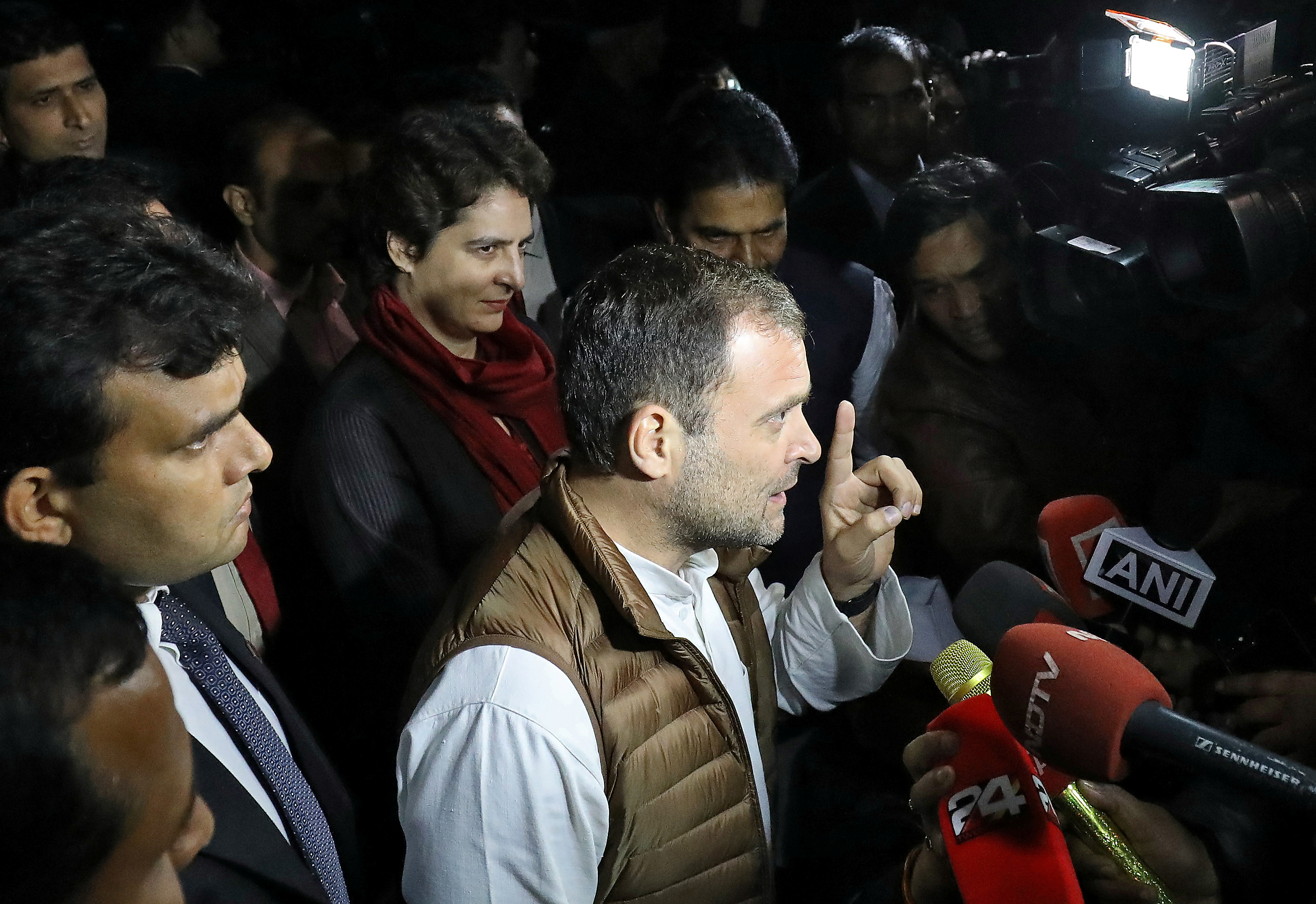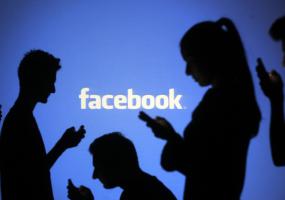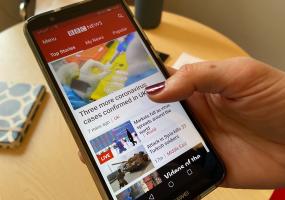No evidence for online audience fragmentation during Indian election

In the wake of the Indian general election, new research finds that political polarisation in the online media environment during the campaign was not as high as has been suggested, and that digital news outlets competed with national daily newspapers to become the dominant voice in news on Twitter.
These are some of the findings in new research from the Reuters Institute for the Study of Journalism, ‘Online Audience Engagement with Legacy and Digital-Born News Media in the 2019 Indian Elections’. The fact sheet examines 101 of the most important news outlets including national and regional media, legacy and digital-born, and print and broadcast media, weighted by their reach and social media engagement.
The researchers mapped Twitter users’ engagement with media outlets’ feeds to gauge whether they interact with a variety of sources or remain in “echo chambers”. The exercise revealed that levels of polarisation in online news consumption are not as high as one may think, with Indian news audiences consuming a substantially diverse array of news sources, in contrast, perhaps to the growing political polarisation in the country. The report’s authors write:
“Our analysis thus provides a reminder that while the existence of active, visible, and vocal partisan minorities engaged in often highly polarised debates (sometimes in orchestrated ways driven by particular political agendas) can create the impression that the overall online environment in India is fragmented along partisan lines, our findings suggests that is not the case overall.”
The authors of the research also found that both digital-born and legacy national outlets prioritised the use of Twitter over Facebook, reflective of the platform’s use in urban areas and the English-speaking core audiences for such outlets. Digital-born news outlets also appear to have a more engaged social media audience with engagement rates per post tending to be higher than for other media types, though the BBC India boasts the highest engagement rate for content it posts on Twitter. And in what may prove a lucrative path for boosting engagement with online audiences, video narratives were found to have the highest engagement levels on Facebook (similar to what has been observed in other countries).
Taberez Ahmed Neyazi, co-author of the fact sheet, said: “This is a very important contribution to understand how people consumed news online during the 2019 Lok Sabha elections and the increasing competition between legacy media and digital-born media to draw voters’ attention. Given the dearth of empirical studies on the topic in India, this could be a benchmark for future researchers to compare how online space are being used for political mobilization.”




